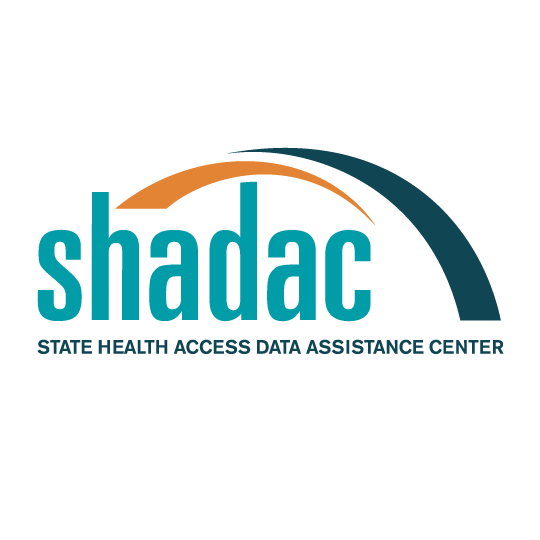Publication
Medicaid Under-reporting in the CPS and One Approach for a Partial Correction
Survey estimates of public health insurance program enrollment tend to be lower than those compiled from administrative enrollment data for those same programs, a discordance which is particularly apparent for Medicaid. The crude Medicaid undercount in the Current Population Survey’s Annual Social and Economic Supplement (CPS), the most prominently used survey for policy research that measures health insurance coverage, was 32 percent in both 2000 and 2001. Given the important uses of the CPS data, improved understanding of the undercount in the CPS is crucial. This paper presents parameters from two logistic regression models. These parameters can be used to predict the probability that the Medicaid administrative data imply that a CPS sample member actually had Medicaid. Originally published October 2007; revised with a minor code revision for Model 2 in November 2008 (revisions are reflected in the attachments).
The second download available on this page is a text file with the Stata code for this adjustment.









